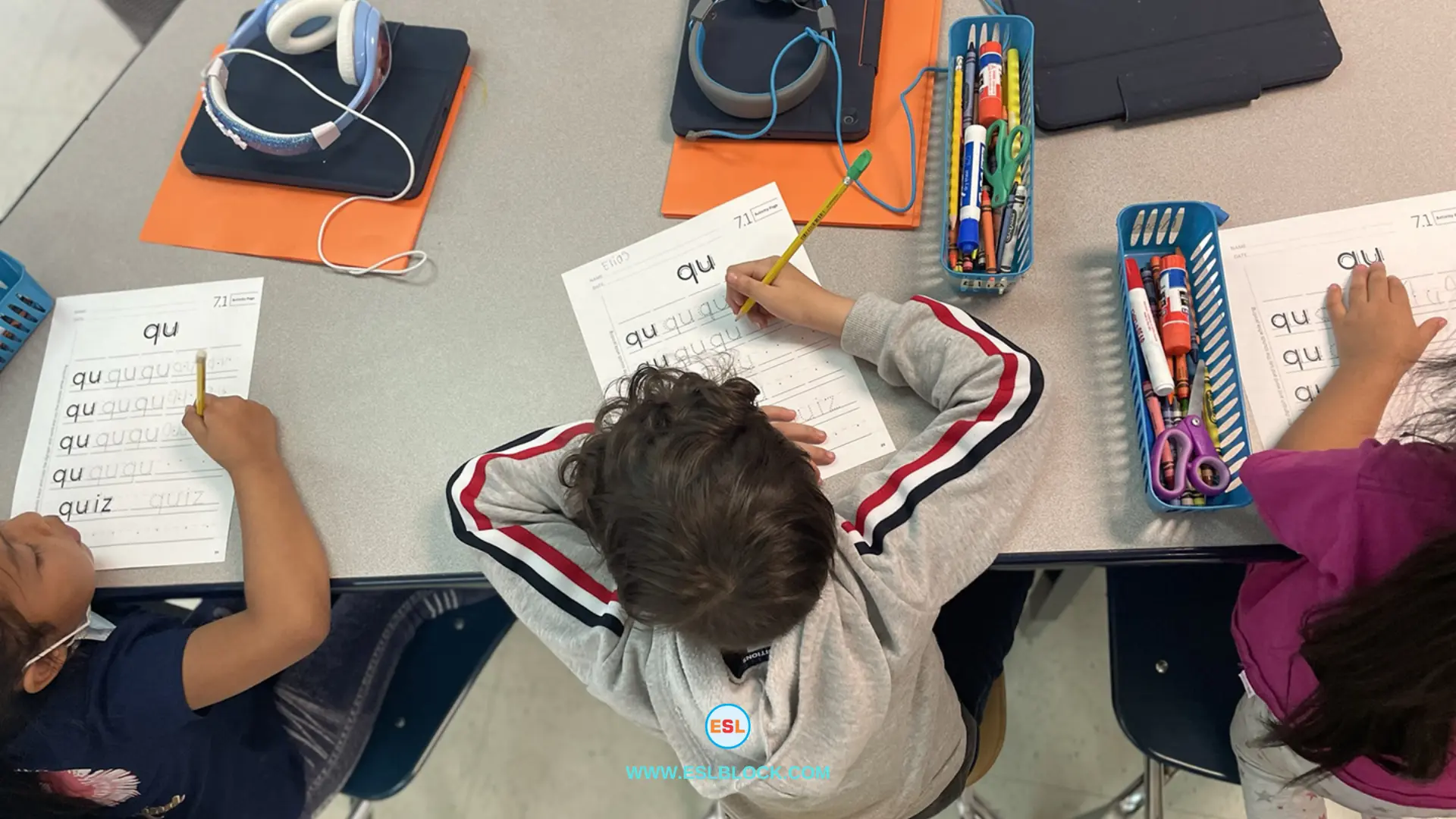Decoding English Learning: A Comprehensive Guide for Parents of English Learners

![]()
Navigating English Learning: Essential Information for Parents of English Learners
As a parent of an English learner, understanding the intricacies of your child’s language development journey can be both challenging and crucial. This quick guide aims to provide clarity on how schools classify students as English learners, the support systems in place, criteria for reclassification, and the significance of this milestone.
Also Read: Unlocking Literacy: Applying the Science of Reading to English Language Learners
Why was my child classified as an English learner?
Upon enrollment, parents are asked about their child’s language exposure at home. If a language other than English is spoken, a test called the English Language Proficiency Assessment of California (ELPAC) assesses the student’s English abilities within 30 days. Proficiency in reading, writing, speaking, and understanding spoken English determines the classification. Fluent English proficiency leads to “initial fluent English proficient,” while deficiencies result in the classification as an English learner.
What kind of instruction must the school provide to English learners?
Schools are mandated to provide English learners with English language development instruction. This includes integrated ELD within regular subjects and designated ELD dedicated solely to learning English. The duration of instruction is flexible, tailored to students’ needs.
How will the school decide when my child is proficient in English?
Reclassification criteria involve achieving an overall score of 4 on the ELPAC (or 3 on the Alternate ELPAC for students with significant cognitive disabilities). Teacher evaluations, parental input, and academic performance in subjects like math and English language arts are also considered. Districts set individual rules for these criteria.
How long should it take for my child to learn English fluently?
Research suggests a timeline of four to seven years for students to attain proficiency in academic English.
What if it takes longer for my child to learn English?
Students taking longer than six years may be classified as long-term English learners. Extended classification may impact elective classes, potentially limiting access to art, music, or Advanced Placement courses.
What will happen when my child is reclassified?
Upon reclassification as “fluent English proficient,” students no longer require English language development classes. Academic progress is monitored for four years.
My child is enrolled in a dual-language immersion program. How will that affect their English language development?
Dual-language immersion programs prove effective in teaching English, albeit sometimes taking longer. These programs preserve the home language and foster bilingualism, enhancing academic proficiency in both languages.
What can I do as a parent to ensure my child is learning English?
Regularly check ELPAC scores, discuss progress with the teacher, and stay informed about the English language development curriculum. Encourage your child to perform well on the ELPAC, emphasizing its importance for reclassification. Maintain engagement in your home language activities, fostering bilingualism.
Navigating your child’s English learning journey becomes more manageable with a comprehensive understanding of classifications, support systems, and the milestones marking their path to proficiency.
If you have enjoyed “A Comprehensive Guide for Parents of English Learners” I would be very thankful if you’d help spread it by emailing it to your friends or sharing it on Twitter, Instagram, Pinterest, or Facebook. Thank you!
More Free Resources
Here are some more lists for you!
- Landmark Moments: The U.S. Supreme Court Case That Defined and Safeguarded English Learners’ Rights
- Controversy Unleashed: Resignations Surge as Boston School Task Force Objects to New Plan for English Learners
- Decline in English Language Proficiency Among Young People
- Language Learning Gap: Less Than 1% of English Schools Equipped with Comprehensive Policies
- Preschool Earth and Space Science – Math Worksheets






